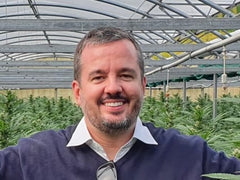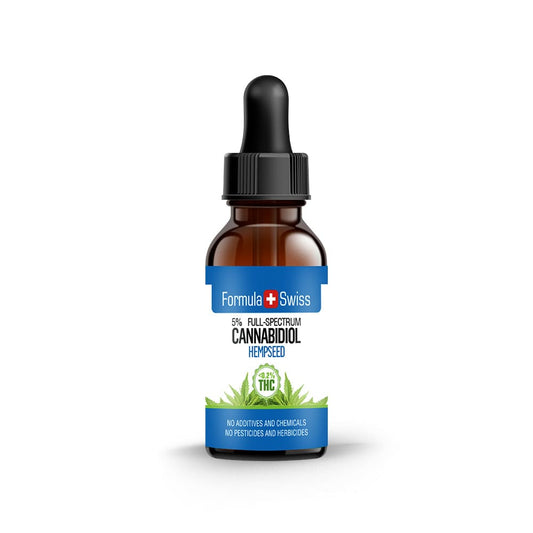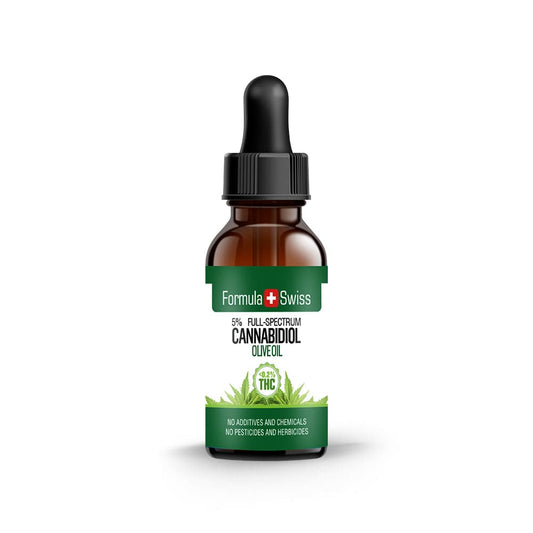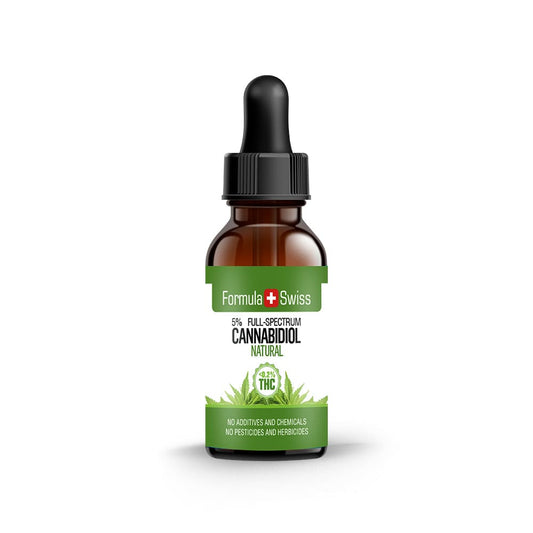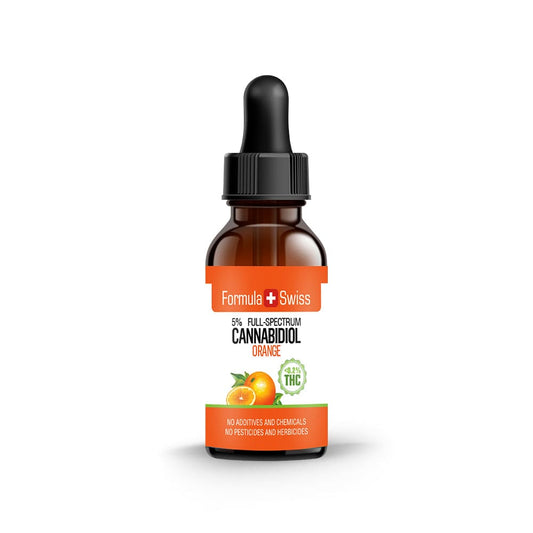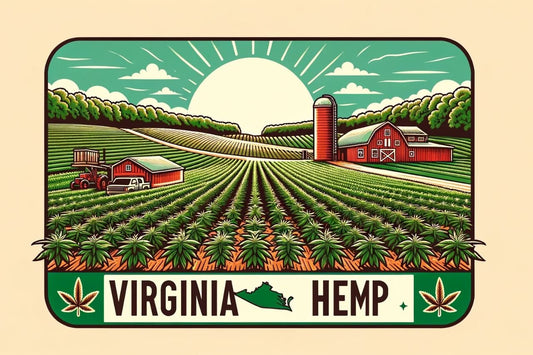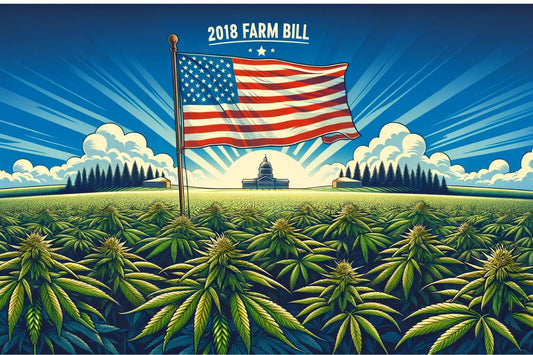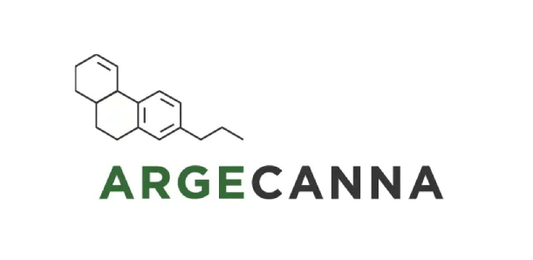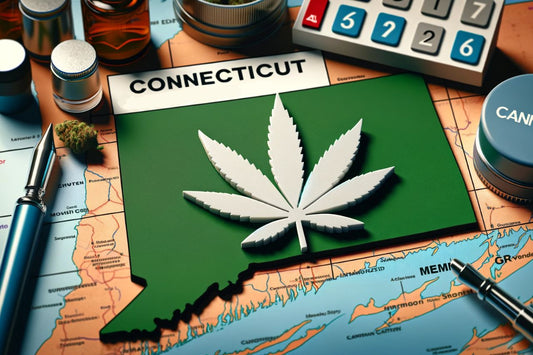Unravelling the THC potency debate
The cannabis industry has seen significant growth in recent years, especially with the wave of legalisation across various countries. However, with this growth comes increased scrutiny, particularly concerning the potency of THC, or tetrahydrocannabinol, the primary psychoactive component in cannabis.
Recent reports from Canada suggest discrepancies in the stated and actual THC content in cannabis products, raising alarms about its potential effects on consumers.
Historical context of THC levels
Historically, cannabis from the 1960s to 1980s was believed to have a THC content of less than 2%. However, advancements in cultivation and processing have led to strains with much higher THC concentrations.
A study titled "The Problem with the Current High Potency THC Marijuana" highlights the implications of increased THC levels in modern cannabis products, discussing potential risks including addiction and mental health issues.
The implications of high THC concentrations
Increased THC potency goes beyond a stronger high for the user. The Centers for Disease Control and Prevention (CDC) notes that higher THC levels may mean a rise in emergency room visits due to overconsumption.
Furthermore, strains with high THC often have minimal CBD, which is considered the protective component of the plant. This imbalance can lead to unforeseen health implications for the user.
Modern cannabis products: A potency overview
Modern cannabis products, such as oils and edibles, often have even higher THC concentrations. Some products boast THC levels of up to 95%, which have not been proven beneficial for any medical condition. Instead, they are designed to produce a more intense high, increasing the risk of addiction and other adverse effects. The FDA's stance on Cannabis and Cannabis-Derived Products further underscores the need for accurate labeling and consumer awareness.
Regulatory measures and their importance
Given the potential risks, there's a pressing need for stricter regulations on cannabis products. Accurate labeling, consumer education, and quality checks are paramount. For instance, in Colorado, regulations mandate cannabis packaging to have a universal “THC” symbol and a written warning about its effects, aiming to reduce accidental consumption and promote informed use.
Conclusion
As the cannabis industry continues to evolve, ensuring the accuracy of THC potency and promoting safe consumption becomes crucial. With informed decisions, accurate labeling, and stringent regulations, the industry can thrive while ensuring consumer safety.


